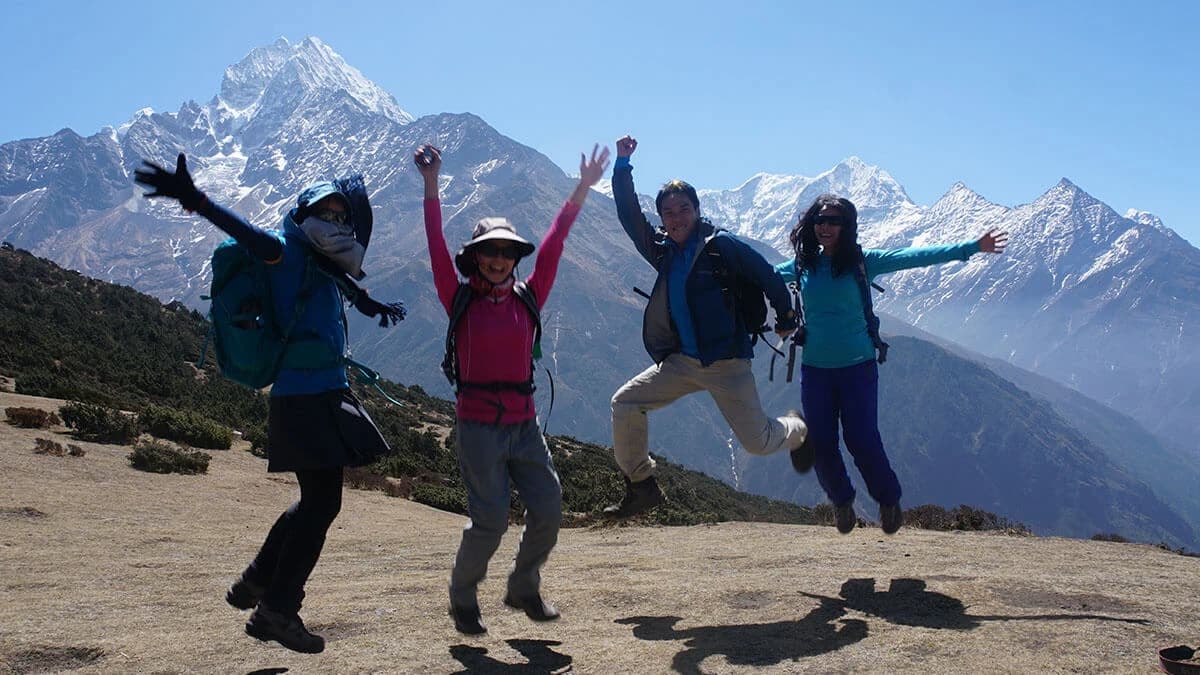Basic Etiquette, Common Practices in Nepal
Nepal is diverse, and harmonious coexistence exists despite the differences. This can be attributed to the different groups' customs, traditions, and tolerance of oddities. Although the Hindu population is the highest in the country, Buddhism is seen to have a heavy influence on the religion. Other significant religions followed in the country are Islam and Christianity.
The Nepalese people are friendly and hospitable; however, travel in Nepal would be more pleasant and productive if certain standard etiquette were followed. Most people on the trekking routes are familiar with foreigners and accept the difference in actions between locals and outsiders. So, following proper etiquette is not mandatory and promises no reward or direct benefit. However, it does make people friendly and helpful, adding enjoyable experiences for the hospitable populace.
Namaste! The usual way of greeting someone in Nepal is an instant way to build rapport. You can join your hands together, upright and with your palms facing each other while welcoming in this way. It is like saying Hi but in a respectful manner. Shaking hands is often practiced in younger men and women, but not between the sexes. A Thank you can be expressed by the Nepali word Dhanyabaad. Generally, terms like Dai-older brother, Bhai-younger brother, Didi-older sister, and Bahini-younger sister can be used to address people you meet during travel. Though this may sound odd to foreigners, it will make Nepalese people more comfortable and ready to start a conversation.
Proper clothing is expected if you participate in a religious ceremony or special occasion such as marriage. Attending a spiritual gathering or puja in short dresses may not be suitable in most cases. However, foreigners are not expected to dress exactly like the locals regarding the ceremonies, so there is no need to go shopping for that occasion if you do not feel like it. Provocative dressing might be taken negatively, especially in rural areas of the country. Taking the shoes off outside temples and before entering the kitchen or other rooms in the local people houses is expected.
Some More Dos and Not in Nepal
Nepalese people use their right hand for handshakes, to pass money or food, and to eat. The left hand is not considered pious or clean. Also, drinking water from the same glass is considered dirty; people pour it from above their mouth while drinking from a bottle. Dal-Bhat is eaten with the right hand, but if you feel it is difficult, you can use available cutlery, which is quite understandable.
Beggars and street children could be a problem for tourists in Nepal. Giving money to begging children is not sensible, as they may use it to buy drugs. Also, a simple No would often do the job of eliminating awkward circumstances. It is better to channel help in cash or kind through trusted organizations working for people experiencing poverty and people in need.





